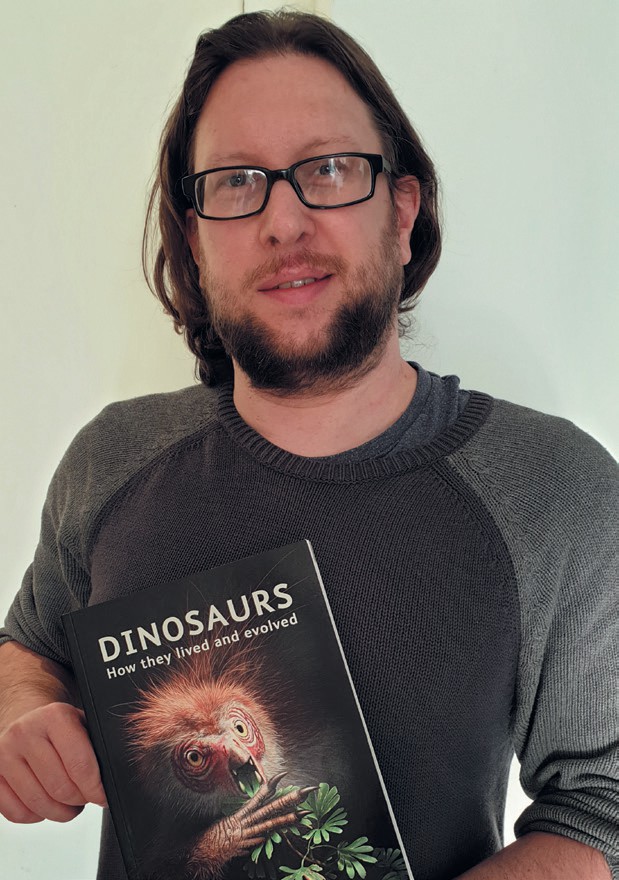
The world will always need writers to disseminate information. Writers are needed for the production of books and magazines, and for the creation of content for websites, advertising, retail and industry. Being a writer involves skill, passion and expertise in one or more subjects. People with scientific training are well placed to be science writers. They understand the science better than most and a scientific background makes a person adept at both observation and description. This, in theory, gives a scientist the potential to transform science into a story.
Careers in science writing exist most obviously in the world of online news and opinion-piece journalism. This sort of writing emerges from the publication of detailed research papers. Many writers who have produced such short articles then consider, or are invited, to write a book, and can thus make important contributions to our understanding of a subject. However, even successful writers may struggle financially, and writing (science writing in particular) is rarely considered a reliable career on its own. The jobs do not pay well enough, or come in frequently enough, to cover living expenses. Many people famous for their science writing – Rachel Carson, E. O. Wilson, Stephen Gould, Richard Dawkins and Bill Bryson among them – combined it with an academic or broadcasting career.
Your organisation does not have access to this article.
Sign up today to give your students the edge they need to achieve their best grades with subject expertise
Subscribe




